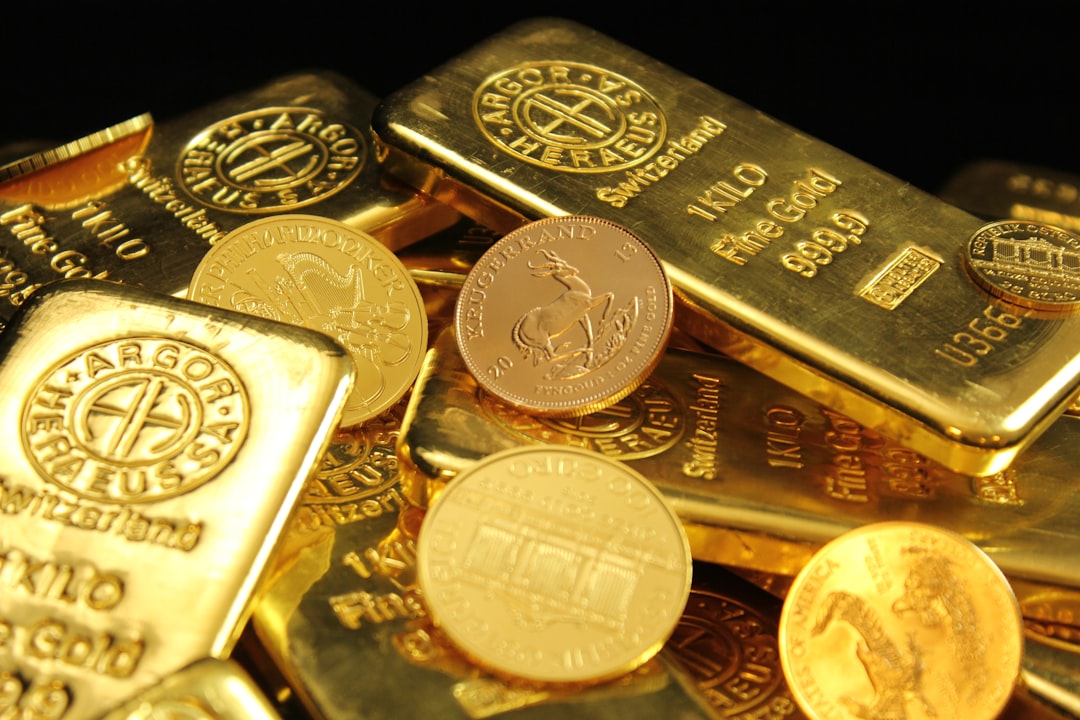Market Uncertainty Keeps Bullion Steady Despite Renewed Risk Appetite
Gold prices traded sideways in Asian markets on Wednesday, holding near multi-week highs as investors weighed conflicting signals from geopolitics and global trade diplomacy. Spot gold hovered at $3,353.71 an ounce, while August futures held steady at $3,377.72, reflecting a cautious sentiment in commodity markets.
A potential meeting between U.S. President Donald Trump and Chinese President Xi Jinping sparked modest risk-taking, but elevated tensions in Eastern Europe and the Middle East kept demand for safe-haven assets like gold largely intact.
Gold Rangebound Amid Mixed Sentiment
Risk-On Narrative: Trump-Xi Dialogue in Focus
-
The White House confirmed that Trump and Xi are expected to speak later this week, fueling speculation of a possible thaw in U.S.–China trade relations.
-
Markets interpreted the news as a signal for resuming tariff negotiations, prompting limited rotation into risk assets.
Risk-Off Anchors: War, Sanctions, and Tariffs
-
Trump’s decision to double tariffs on steel and aluminum added pressure on industrial commodities, while simultaneously boosting the appeal of non-yielding gold as a hedge.
-
Reports of failed U.S.–Iran nuclear negotiations and escalated conflict in Ukraine — including an underwater explosion targeting a key Russian bridge — kept geopolitical tensions high.
Macro & Technical Drivers Behind Bullion Stability
Despite improved risk appetite, safe-haven allocation to gold remains strong. The yellow metal’s resilience is rooted in a combination of:
-
Persistent doubts over a permanent U.S.–China trade agreement
-
Worsening military tensions in Eastern Europe
-
Currency market instability, particularly with the weaker U.S. dollar
To better track price behavior and technical patterns in real time, investors often refer to the Commodities API, which provides live and historical prices for precious metals, helping traders assess rangebound dynamics and breakout potential.
Broader Market Context: Haven Rotation or Bull Trap?
While equities gained on hopes of diplomatic resolution, gold’s muted movement suggests a lack of conviction behind the recent rally in risk assets. This tug-of-war between optimism and fear reflects a broader market trend of sectoral divergence.
Data from the Economics Calendar API also suggests heightened anticipation for upcoming macro releases—particularly U.S. inflation and labor data—which could further drive gold’s next directional move.
Conclusion: Gold Holds the Line in a Tug-of-War Market
Gold remains in a tight band, caught between optimism over trade talks and persistent global instability. While headlines around a Trump-Xi meeting offer short-term relief, traders are still pricing in prolonged geopolitical and policy uncertainty.
For now, gold continues to function as both a hedge and a barometer, silently absorbing the world’s volatility—until the next decisive catalyst breaks the range.




